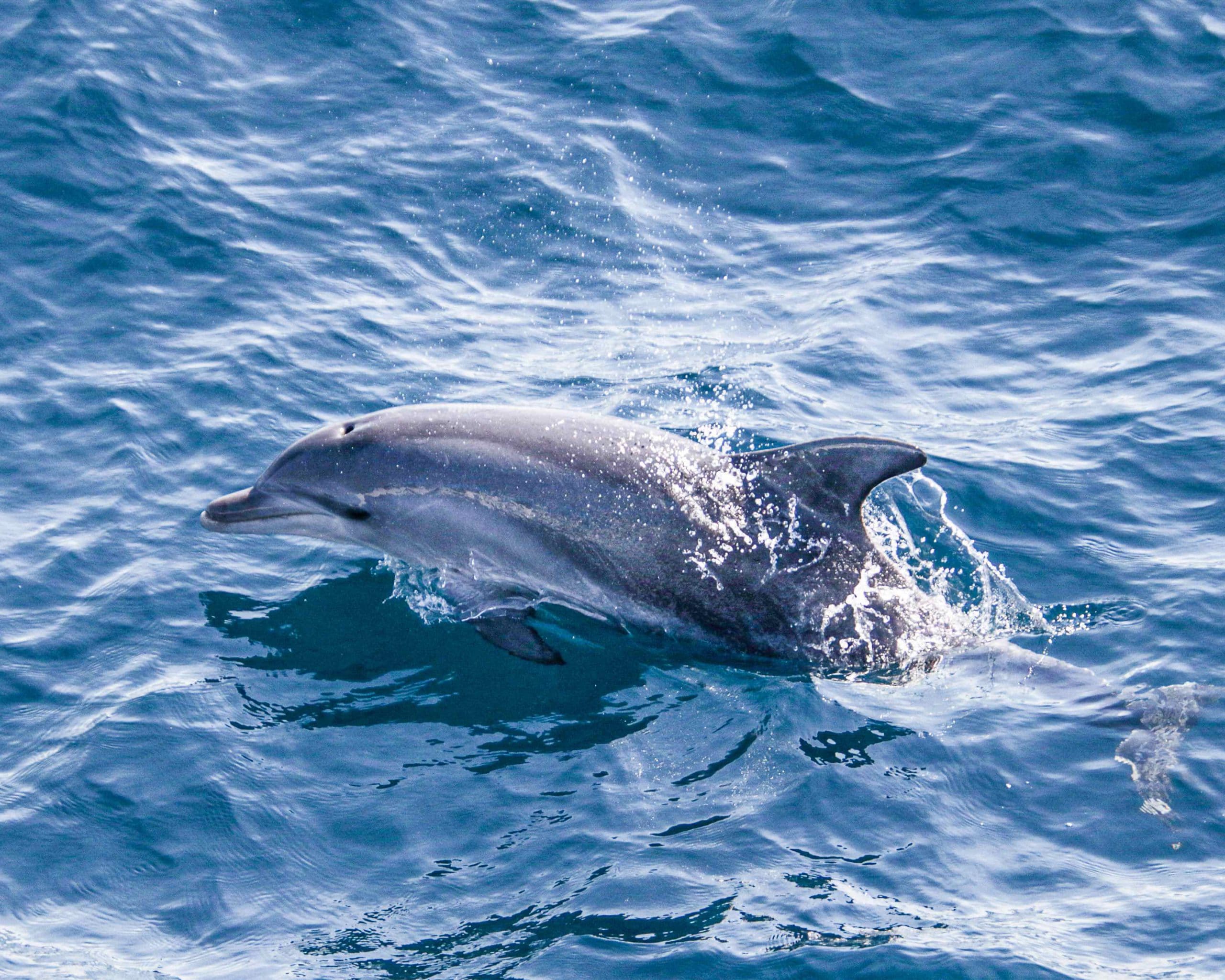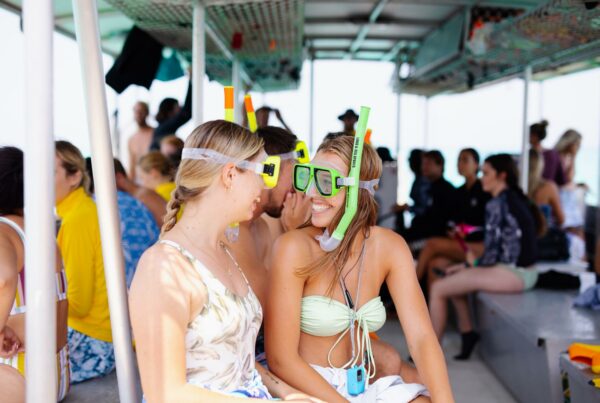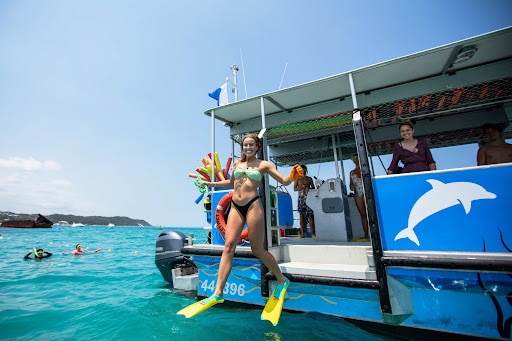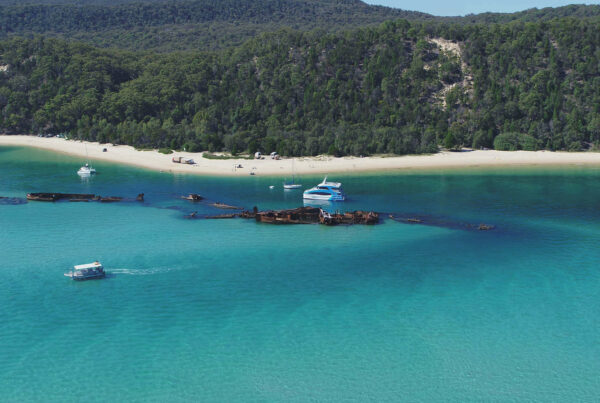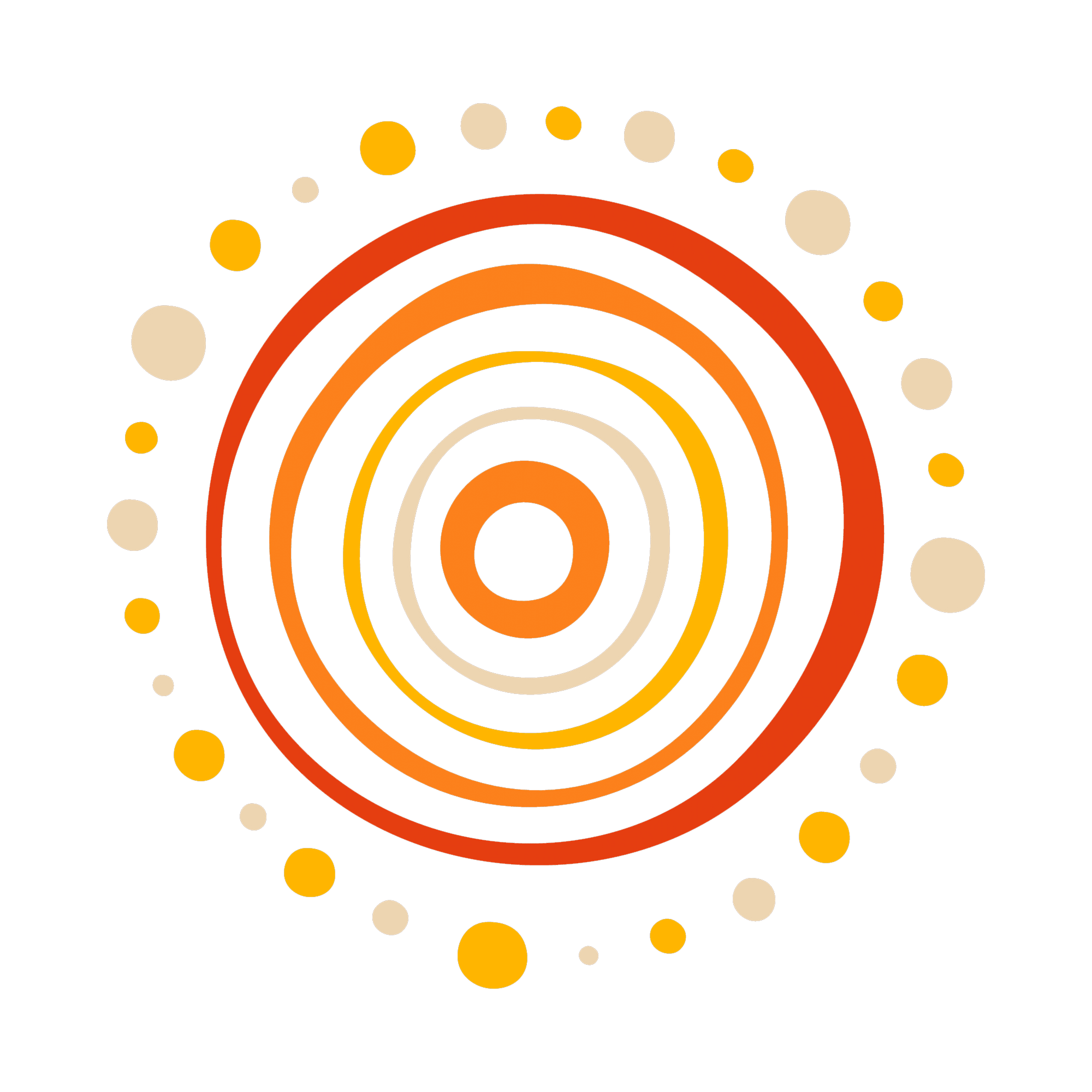The wonderful wildlife of Moreton Island: Animals you are likely to see on a trip with us
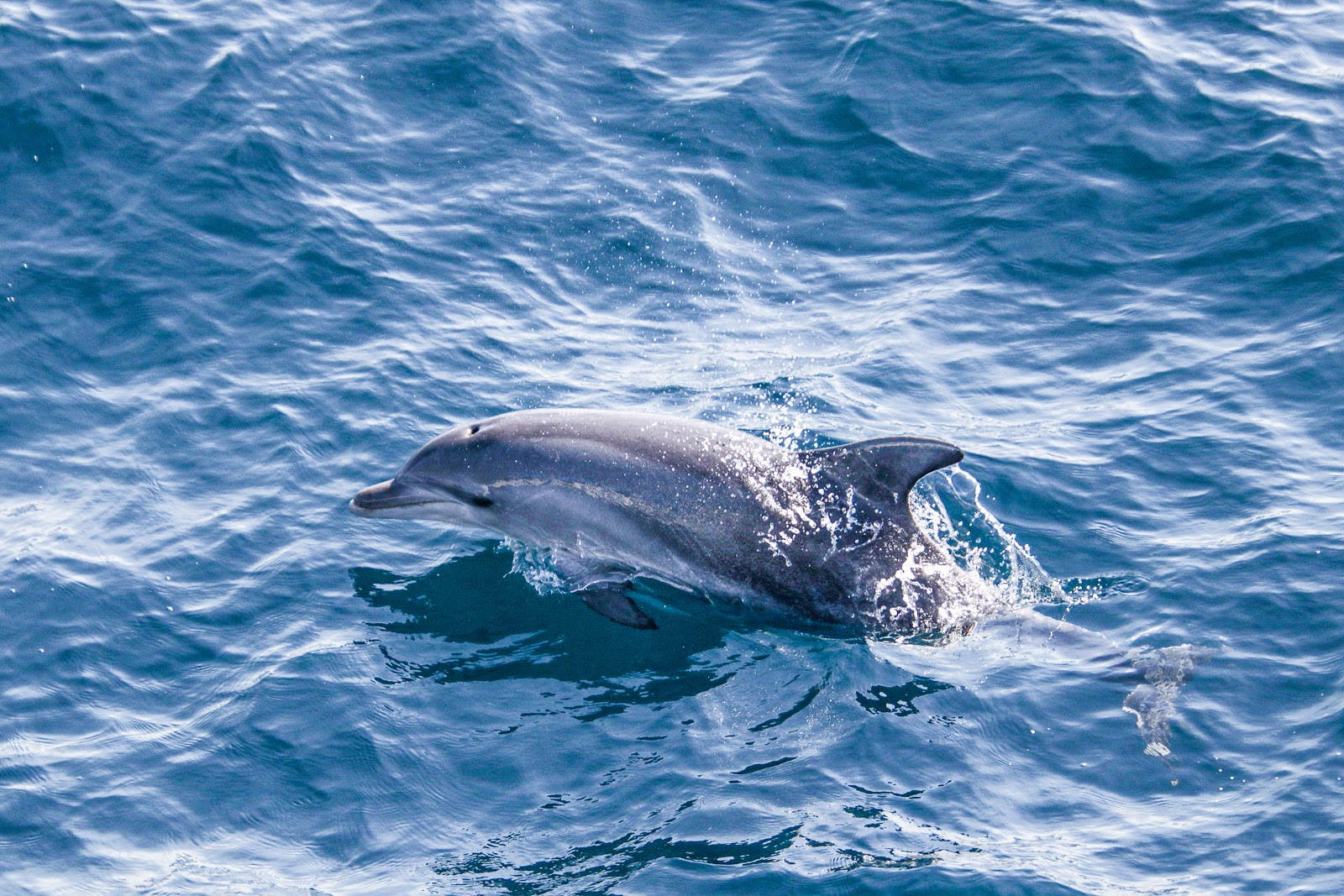
Home to the famed Tangalooma Wrecks and a world-renowned destination for encountering dolphins, dugongs and sea turtles, a cruise to Moreton Island is a nature lover’s dream. See Moreton’s onboard marine naturalists have been working with the incredible animals for over a decade and have the experience to give you the closest wildlife encounters possible. Here’s what to look out for…
Bottlenose dolphins
Moreton Bay’s friendliest residents are undoubtedly the dolphins. Moreton Bay Marine Park is home to two dolphin species: the Indo-pacific bottlenose dolphin and the Australian humpback dolphin. Dolphins are highly intelligent, social creatures that are known for their playful and interactive encounters with people. Bottlenose dolphins are commonly found swimming within the surrounds of Moreton Bay and an encounter with them will likely be a joyous one, for their friendly nature leads them to deliberately seek out human interaction. They have a short, thick beak and a curved mouth, giving the appearance that they are always smiling. As social creatures, they travel in pods of around 10 to 15 dolphins. Find them frolicking around the Tangalooma Wrecks, particularly in the afternoon.
Australian humpback dolphins
If you’re really lucky, you may spot the rare Australian humpback dolphin, whose population is estimated to number less than 100. This dolphin was only described as a separate species in 2014. They get their name from their elongated dorsal fin and humpback appearance, which arises from the accumulation of fatty tissue on their backs as they age. Their mounded forehead and long beaks also differentiate them from other dolphin species. Lucky for us, they are mostly found in shallow nearshore waters, often at the mouths of estuaries and in tidal channels. They are often observed in smaller groups of 2 to 4 and, unlike bottlenose dolphins, do not bow ride. Instead, they like to leap clear from the water! Search for splashes and dorsal fins breaking the water’s surface.
Dugongs
The dugong is the only plant-eating mammal that lives its entire life in the water. They have been nicknamed “sea cows” by some, as they are slow moving and spend most of their day feeding on seagrass. Intriguingly, dugongs are more closely related to elephants than any other marine animal. Dugongs have relatively poor eyesight, so they rely on the sensitive bristles covering their snouts to find and grasp seagrass. They may live up to 70 years and are slow breeders – female dugongs not breeding until they are at least 10 to 17 years old. Moreton Bay Marine Park is the southern limit of dugong activity along the east coast of Australia, and is home to approximately 600 to 800 of these gentle sea creatures. If you are lucky enough to spot a dugong, chances are it’s our resident local, Dougie!
Sea turtles
Six out of the world’s seven species of sea turtles can be found in Moreton Bay. This is a pretty special feat considering the island is so close to a capital city. Those most commonly seen on a visit to Moreton Island include green turtles, loggerhead turtles and hawksbill turtles. Moreton Island’s seagrass meadows provide local turtles with the ultimate dining experience. Green turtles will feast on the seagrass meadows themselves, while loggerheads will munch on the shellfish, sea urchins, crabs and jellyfish that call the meadows home. Turtles are extraordinary navigators and often nest at the same beaches they were hatched. While they do spend a lot of time napping on the seafloor, they occasionally venture up to the surface for air – and to say hello to us, of course! Listen out for squeals of delight from passengers when one is spotted.
Birds
Over 180 species of birds have been recorded from Moreton Island, including pelicans, sea eagles, brahminy kites and pied cormorants. Many of these birds are rescue animals that have been saved and released onto the island. Australian pelicans are one of the largest flying birds in the world, and hold the record for the longest beak! Sea eagles are large birds of prey with big, hooked beaks for catching fish. Spot these birds flying high in the sky in circular motions. Brahminy kites are also birds of prey, often seen perched for long periods of time before swooping down onto prey in the water or ground. Pied cormorants are pro fish hunters, plunging themselves deep into the water when chasing prey. They may even eat the fish underwater! Be sure to say hello to our favourite pied cormorant, Georgie. And don’t worry – she isn’t camera shy.
Fish
Moreton Island is a haven for over 100 unique species of fish, including mullet, crescent perch and southern soft-spined sunfish. Luckily for us, the island’s subtropical climate means we see both tropical and temperate varieties of fish. The diversity is truly incredible. Witness it for yourself on the snorkelling tour, and during fish feeding.
Although not an extensive list of all the wonderful creatures that call Moreton Island home, this list provides a starting point and guide for the animals you may want to keep a lookout for while on your Dolphin & Tangalooma Wrecks Cruise with See Moreton. Spot dolphins, dugongs and turtles on a See Moreton Marine Discovery Cruise and meet Georgie the cormorant, who will be there waiting to snag up some food during your fish feeding session. With our expert tour guides and marine naturalists, you are bound to experience the best of Moreton Island. Just remember, keep your eyes open and your cameras ready!

